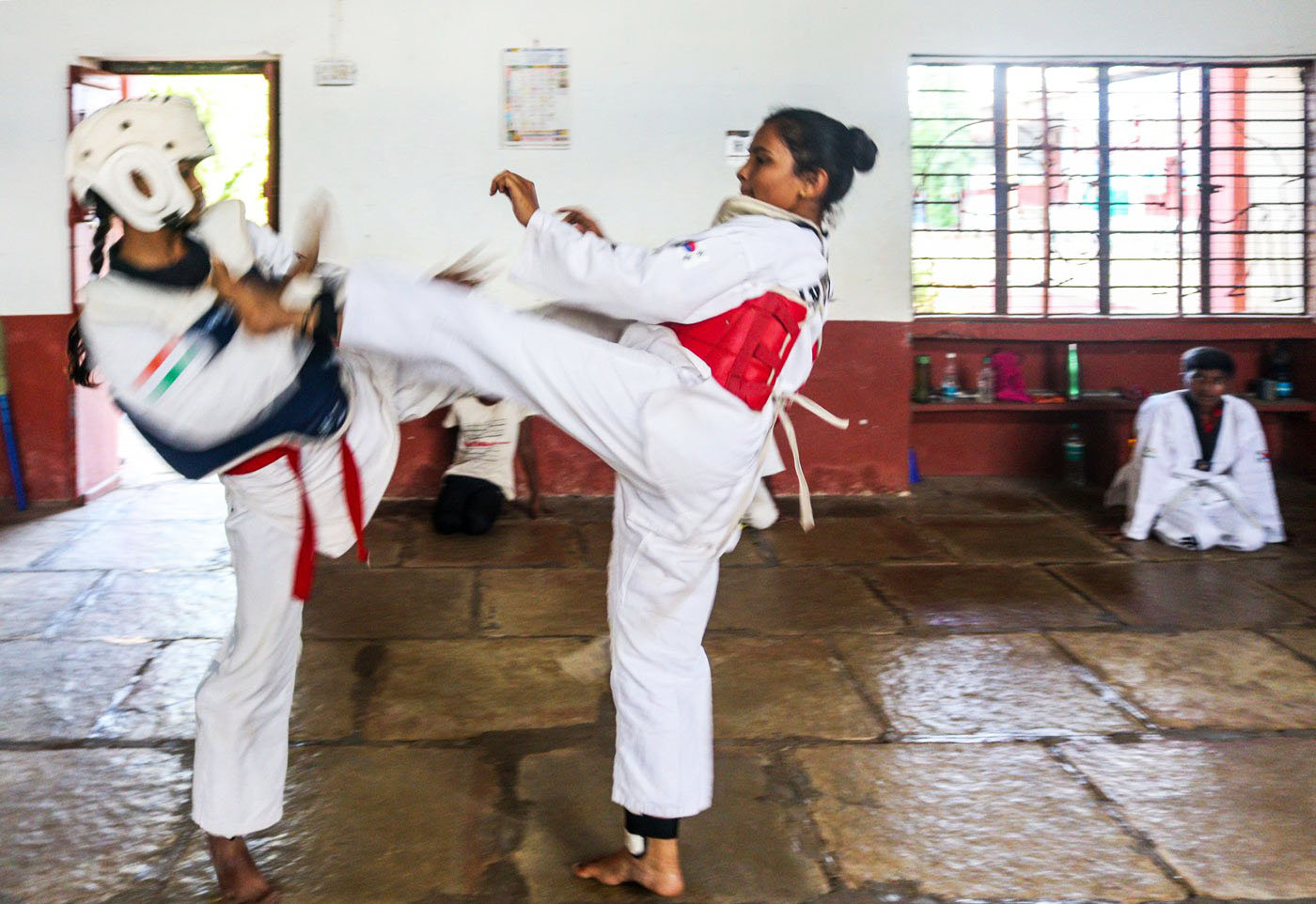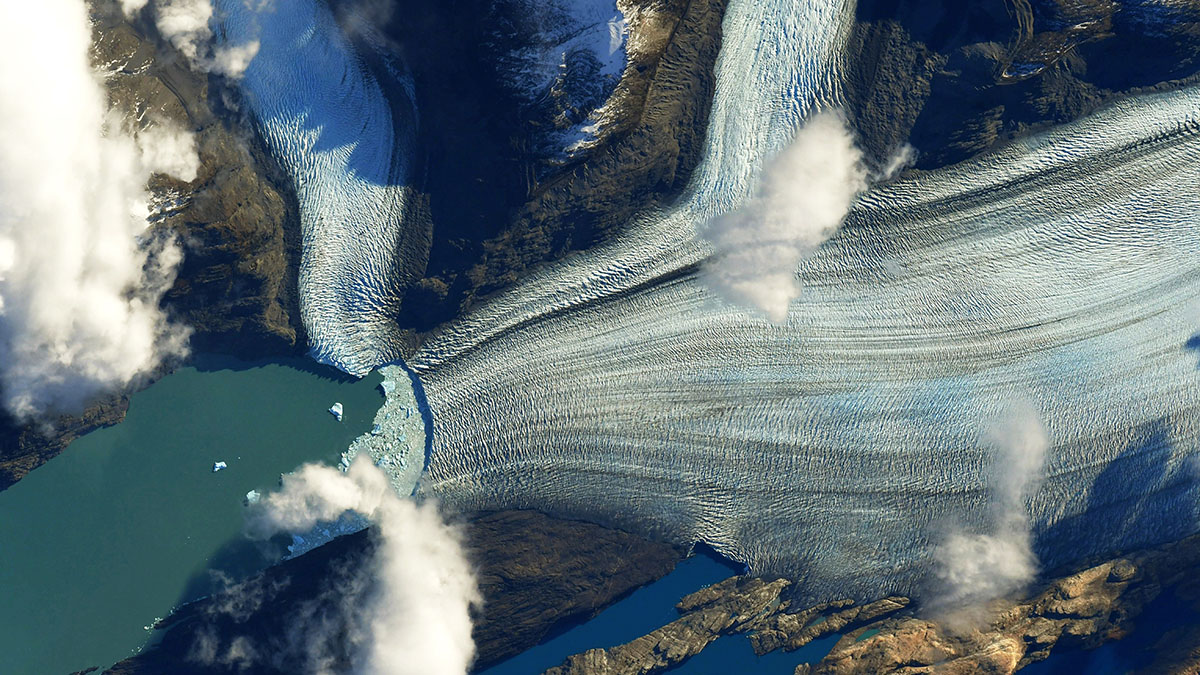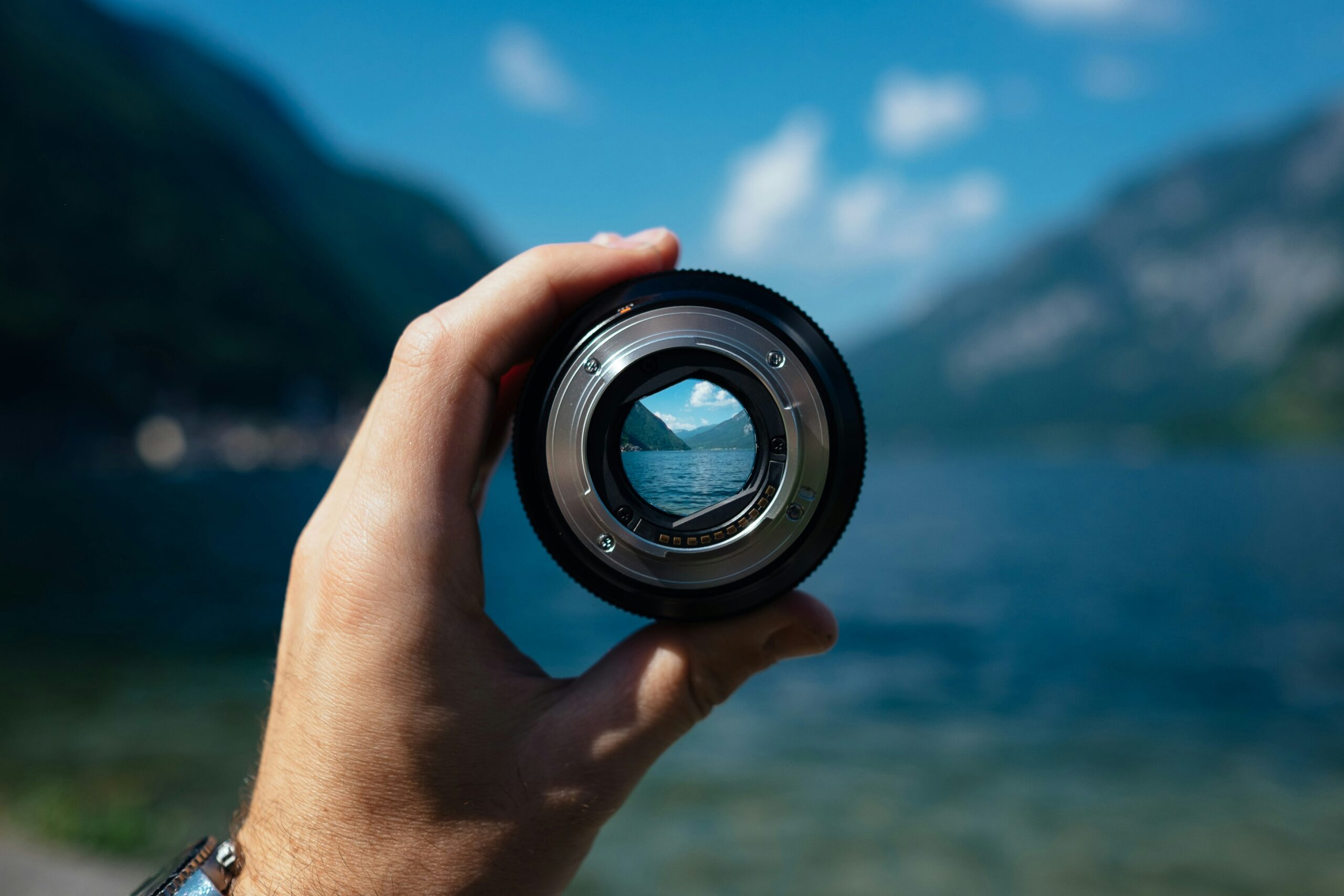HERE’S HOW TO DO IT.
How to use sports in climate change journalism
Sports is a part of climate change that merits special attention for several reasons. This section will offer some pointers constructively.
by Kristian Elster and Mahima Jain
The climate footprint of major competitions has been growing
Big championships are becoming bigger emitters. The construction of venues—which are often not used afterwards—can result in huge emissions. The 2022 Football World Cup in Qatar was called an Qatarstrophe by Scientific American because of its climate imprint. This is just one example. According to Science Direct, the Olympic Games and the Football World Cup have grown 60-fold in the past 50 years.
Likewise for the Winter Olympics, from the 1920s to the 1950s the average February temperature of host cities was -0,4 Celsius. From the 1960s to the 1990s it was 3,1 Celsius. In this century it is 6,3 Celsius. 98 percent of the snow in Pyeongchang in 2018 was artificial, 100 percent of the snow in Beijing was artificial.
Take issues like these into consideration while reporting about these big events. Most of the world is watching them: it’s the perfect opportunity to connect the dots to climate change. Reuters, for example, wrote a story on how Fifa’s allocating the 2030 Football World Cup to six countries flying fans to 100 games undermines the organizer’s own climate strategy.
Cancellations of events and increased risks for athletes
The number of sports events that have had to be cancelled because of climate change related conditions is growing. The report “The Snow Thieves” by New Weather Sweden shows that seven alpine world cup events in a row were cancelled in the winter of 2022/23 because of lack of snow.
Other effects of climate change can affect a variety of sports.
Sports can become more dangerous
Climate change can – in many ways – make sports more dangerous for the athletes. The world athletics championship in Doha took place in extreme heat. In the women’s marathon, there was strong criticism after almost half the runners had to withdraw. Simirially, long tennis matches in extreme heat in the Australian Open has led to criticism. In 2014 the Croatian tennis player Ivan Dodig said he “feared he might die” after playing in 41,5 Celsius.
The Game Changer report found that “of all the major pitch sports, cricket will be the hardest hit by climate change.” While the game isn’t the most physically intensive, it is the longest with matches lasting up to eight hours. Cricketers have collapsed in international tournaments held in India due to high temperatures. Such impacts on athletes may be stories to watch out for. Other sports are affected in different ways. The report “Slippery slopes” by Sports Ecology, shows how a lack of snow poses dangers for athletes. Both the lack of natural snow and the use of artificial snow increase athletes’ injury risk.

Many athletes are “super emitters”
It’s not about pointing the finger at athletes, but about analysing how their footprint could be improved so that they continue with their activities with a more positive impact, and even how they could take advantage of that to share it with their fans and raise awareness. In other words, no one wants to speak badly about Messi, but we would all love for Messi to talk about climate change.
Local sports culture will change
Climate impacts will change local sports culture, too. For instance, it can shorten the skiing seasons in the Nordic region, as the Norwegian meteorological office has documented, to affect wrestling matches and the wrestlers’ mental health in rural India, as reported by PARI. A climate story can be found in most outdoor activities and local sporting cultures. Such stories will resonate with local readers, and reporting on them can help make local connections to climate change. These stories are opportunities for investigations. Using local citizens and athletes as protagonists can help readers identify with the story.
Sports infrastructures needs to be adjusted
Climate change is affecting sports infrastructure and the way players practise, fans join the games and the whole sports industry. For instance, cricket stadiums in the Caribbean West Indies, where the sport is popular, were damaged badly by the 2017 Hurricanes Maria and Irma. Earth.Org reported that players migrated as they lost their homes and fields were no longer viable for the sporting events. They had to raise funds to rebuild the infrastructure.
In another example, stadiums at the Qatar FIFA World Cup had energy-consuming cooling systems to tackle extreme heat. There are also the UNFCCC Sports For Climate Action, a coalition of sports and other organisations working on this issue, or trying to.
Sports can be the perfect opportunity to connect audiences with climate change. Ask, as The Conversation did, with climate change, will there still be a soccer World Cup in 2100?
Menu



